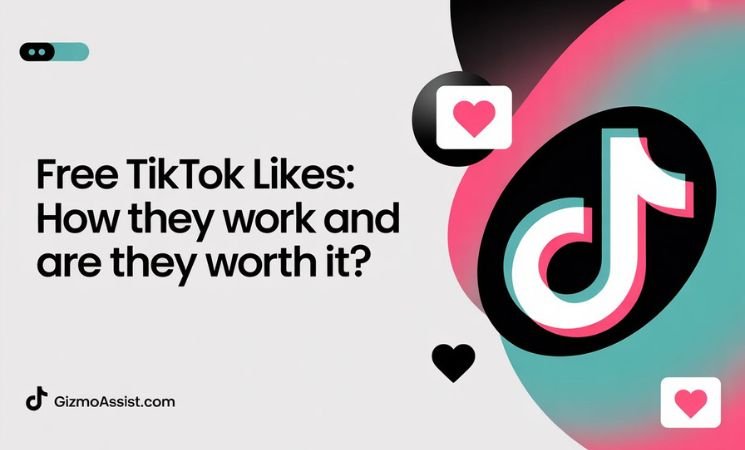Ask any growing business what keeps its revenue stable, and the answer often comes back to one thing: strong client relationships. Products change, markets shift, but trust between a client and their partner is what keeps the doors open.
A Client Relationship Partner is the person responsible for nurturing that trust. It’s not just about signing contracts or sending reports. It’s about showing up, knowing the client’s world inside out, and becoming a problem-solver they rely on without hesitation.
Understanding the Role
In simple terms, a Client Relationship Partner is the bridge between the client and the company. But that bridge is more than a communication channel; it’s a support system.
Instead of only reacting to problems, this role thrives on being proactive. A good partner learns the client’s business goals, keeps an eye on market trends that might affect them, and steps in with suggestions before issues appear. The job blends relationship-building with strategic thinking.
The Skills That Make a Client Relationship Partner Stand Out
Clear Communication and Genuine Listening
Communication in this role is not about talking more; it’s about understanding better. A great partner listens for details others might miss, repeats key points to confirm understanding, and adjusts tone depending on the client’s preference.
- Avoid corporate jargon unless your client uses it.
- Summarize key takeaways after calls to prevent misunderstandings.
- When possible, use video or in-person meetings to build rapport.
Strategic Thinking in Action
The best partners don’t just meet expectations; they look ahead. This could mean suggesting a cost-saving process change, spotting a competitor’s move before the client does, or preparing a plan for a seasonal sales dip. Strategic thinking is about foresight and timing, not just ideas.
Industry Knowledge That Adds Value
Clients hire partners for insight, not just service delivery. Staying informed through credible sources like business computing world keeps your advice relevant. If a new regulation is coming, you should be the one telling your client about it, not the other way around.
Negotiation That Builds Relationships
In any long-term partnership, there will be moments when terms, budgets, or deadlines need adjusting. Skilled negotiation means finding solutions where both sides feel respected. It’s about protecting the relationship while still securing a fair outcome.
Empathy as a Business Tool
Empathy is not just “being nice.” It’s a competitive advantage. Understanding a client’s stress points allows you to recommend solutions that address both the problem and the pressure behind it.
A Glimpse Into the Day-to-Day
On any given day, a Client Relationship Partner might start by checking in with a client about a recent campaign, follow up with the internal team on a deliverable, and review a new industry report to share with key accounts. Later, they might troubleshoot an unexpected challenge, like a supplier delay, before it affects the client’s operations.
It’s a role where no two days look alike, and the variety keeps it both demanding and rewarding.
How Technology Fits In
Modern relationship management relies on a mix of personal connection and smart tools. CRMs track every interaction, project management platforms keep deadlines clear, and analytics software helps predict client needs.
As Harvard Business Review points out, technology doesn’t replace trust; it simply gives you more ways to maintain it.
Challenges You’ll Face and How to Handle Them
- Unrealistic Expectations: Start every project with a clear outline of deliverables and timelines. This reduces scope creep and disappointment later.
- Shifting Priorities: Schedule regular check-ins to ensure objectives still align.
- Trust Issues: When something goes wrong, address it quickly, explain what happened, and outline how it will be fixed.
Building Long-Term Success in the Role
If you want to excel as a Client Relationship Partner, keep learning. Study your clients’ industries, strengthen your emotional intelligence, and stay proactive. Don’t wait for problems to land in your inbox, anticipate them and bring solutions before they’re needed.
Also, invest in your network. Relationships outside your client base can lead to referrals, partnerships, and insights that make you even more valuable.
Final Thoughts
A Client Relationship Partner is more than a point of contact; they’re a trusted advisor, strategist, and problem-solver rolled into one. The companies that truly value this role understand that keeping clients happy is not just about service delivery; it’s about shared success.
When you combine industry expertise, empathy, strategic foresight, and consistent communication, you don’t just retain clients, you turn them into long-term partners and advocates.









